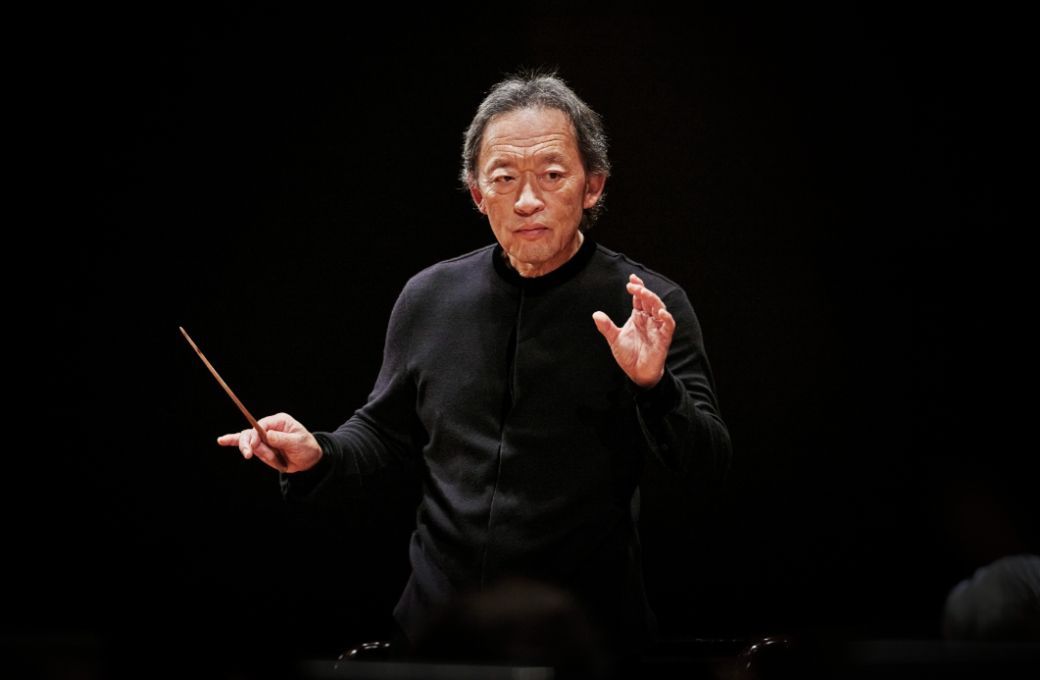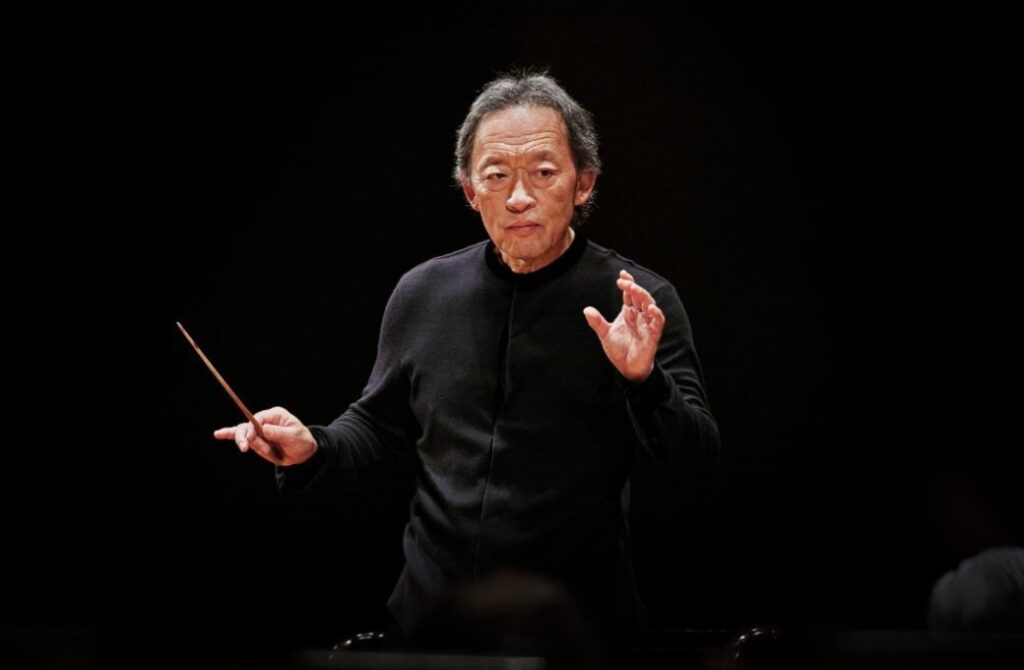Since I can remember, I have been wary of compilations and best-ofs, partly because of a genuine preference for complete recordings, partly for a tendency to dismiss hits-only albums – an unfortunate residue of my past “I’m not like other listeners” attitude. There have been times, however, when I stumbled upon collections that got even the grumpiest side of me to admit defeat. A most recent addition to the list was the first stop of the Tokyo Philharmonic Orchestra’s ongoing European Tour at the Berlin Philharmonie, with Honorary Music Director Myung-whun Chung at the podium and three crowd-pleasing pieces on the programme: Bernstein’s Symphonic Dances from West Side Story, Gershwin’s Rhapsody in Blue featuring soloist Makoto Ozone, and excerpts from Prokofiev’s Romeo and Juliet. A selection that could come straight out of the soundtrack album of a Hollywood movie, one might say – hence its appeal.
Tokyo Philharmonic Orchestra
© Takafumi Ueno | Tokyo Philharmonic
Eternal discussions about the identity crisis of West Side Story are often resolved by musicians, who don’t seem to mind it being a point of contention between opera and musical theatre and regularly perform it as either (or both). The Symphonic Dances suite testifies for the musical’s adaptability, which was readily embraced by Chung. There is something amusing about a top-bill orchestra pretending to sound nonchalant and unruly, and all that rehearsed hot-headedness risks coming across as stiff or, worse, ridiculous. The Tokyo Philharmonic pulled it off thanks to smudge-proof brass and percussion, sharp strings and Chung’s sense of balance. Saxophones, muted trumpets, bassoons and the lower brass created a smoky timbral foundation that was complemented by the upper strings’ often dry sound. Even in the most popular, headlong sections like Mambo and Cool, Chung maintained his lucidity and let the percussion sing, accentuating the score’s proximity to contemporary vanguards with shifting and juxtaposed rhythms.
As another famed example of crossover between genres, Rhapsody in Blue also doesn’t benefit from too-literal interpretations. Jazz pianist Makoto Ozone made sure to avoid a carbon-copy effect by taking liberties with the score and improvising extensively. Ozone paired a soft, muffled touch on the keyboard with his ability to break down Gershwin’s prompts and develop them into new hybrid creations. Rather than pinpointing Ozone’s direct musical influences, it is best to appreciate how he weaves them together into something personal, virtuosic and harmonically rich. The highlights of Chung’s orchestra were in this case, obviously, Alessandro Beverari’s free-spirited clarinet, but also an incredible trombone and horn section whose the smoothness was just delightful.

Myung-whun Chung
© Takafumi Ueno | Tokyo Philharmonic
The second half was dedicated to Prokofiev’s Shakespeare à la russe, with a selection of movements from the three Romeo and Juliet suites. Much like in the Symphonic Dances, it was interesting to listen to Chung’s rendition disconnected from the material needs of singers and dancers on stage. Brisk tempi and knife-edged phrasing brought out the theatrical quality of Prokofiev’s score in animated segments like Masks and The Death of Tybalt. Even in less busy moments, great emphasis on rhythmic recurrence created a tense, almost cynical atmosphere, like in the hypnotic 2/4 of the Dance of the Girls with Lillies. Chung’s attention to orchestration was reiterated throughout the performance, strings and woodwinds being at the forefront. After the conciliatory C major of the ballet’s finale, Chung completed the dance-themed evening with a sweeping encore, Brahms’ Hungarian Dance no. 1, greeted with prolonged applause.
This concert was presented by Konzertdirektion Hans Adler
****1


AloJapan.com